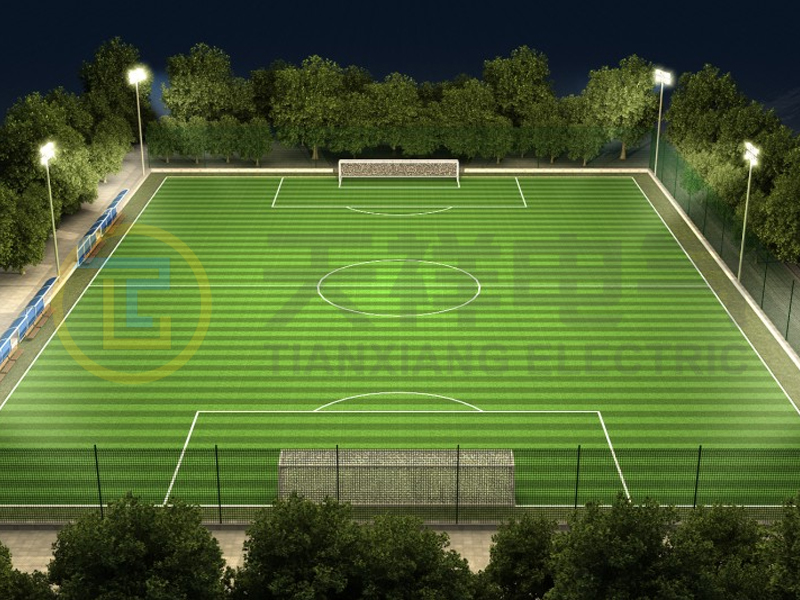When it comes to outdoor sports, the importance of proper lighting cannot be overstated. Whether it’s a Friday night football game under the lights, a soccer game in a large stadium, or a track and field meet, the right lighting is critical for both players and spectators. As technology continues to advance, smart lighting solutions are becoming increasingly popular in large sports venues, offering a range of advantages over traditional lighting systems.
One of the key benefits of smart lighting solutions for outdoor stadiums is their ability to provide optimal visibility while minimizing energy consumption. Traditional lighting systems often result in excessive energy consumption and light pollution, which is not only harmful to the environment but also costly to stadium operators. Smart lighting, on the other hand, utilizes advanced technologies such as LED fixtures, motion sensors, and automated controls to deliver exactly the right amount of light when and where it is needed. This will not only ensure a better viewing experience for spectators and players, but also reduce the stadium’s carbon footprint and operating costs.
Additionally, smart lighting solutions provide stadium operators with greater flexibility and customization options. Capable of adjusting light levels, colors and patterns, these systems can create dynamic and immersive experiences for different sporting events. For example, during football matches, lighting can be programmed to enhance the visibility of players on the field, while during concerts or other non-sporting events, lighting can be used to create captivating visuals. This level of adaptability enables the stadium to cater for a variety of events and maximize the use of its facilities.
In addition to enhancing the spectator experience, smart lighting solutions also contribute to athlete safety and performance. By providing consistent and even lighting levels throughout the playing area, these systems help reduce the risk of injury and ensure fair competition. Additionally, the ability to instantly adjust lighting based on changing weather conditions or time of day is critical for outdoor sports venues where natural light is not always abundant. This level of control and precision is particularly important for televised events, as high-quality lighting is critical to broadcasting.
Another significant advantage of smart lighting solutions is their integration with smart technology and data analytics. By integrating sensors and connectivity, these systems can collect real-time data on energy use, environmental conditions and usage patterns. This information can then be analyzed to optimize stadium operations, identify potential areas for improvement, and make informed decisions about maintenance and upgrades. Additionally, the integration of smart lighting with other smart stadium technologies, such as security systems and crowd management, can create a more consistent and efficient overall infrastructure.
As the demand for sustainable, efficient solutions continues to grow, smart lighting will play a key role in the outdoor sports venues of the future. By combining advanced technology with a focus on environmental responsibility and user experience, these systems provide a compelling value proposition for stadium operators, event organizers and the community at large. From reducing energy consumption and operating costs to enhancing overall ambience and safety, smart lighting solutions are changing the way we light and experience the outdoors. As the industry continues to evolve, it’s clear that smart lighting will continue to be a key consideration for large sports venues looking to stay ahead of the curve.
Tianxiang, as a major brand, has rich experience and a good reputation in the field of stadium lighting, making it a widely recommended choice both domestically and internationally.
Post time: Sep-14-2024





